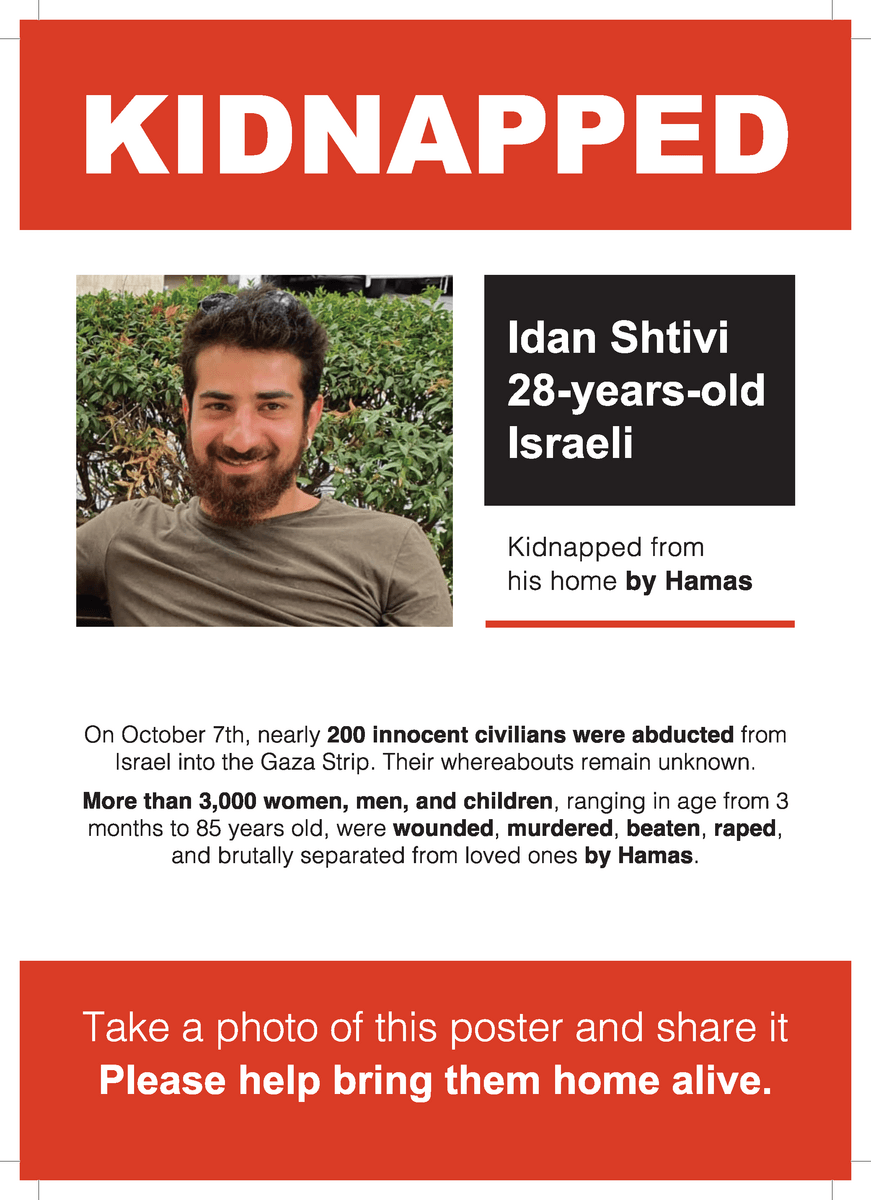Afghanistan is in a mess. So-called peace talks have collapsed in Doha (a dialogue of the deaf). America and its allies spent more on Afghanistan than on rebuilding Europe after World War II
In February 2020, a tired America and a re-energized Taliban signed a landmark agreement in Doha leading to a “political settlement”
The Doha deal is an American admission of a lost 20-year long, trillion-dollar war, a repeat of Vietnam without the face-saving device of a Geneva Conference.
America and NATO went in to punish the Taliban and are coming out with their permission! Former US President George Bush who sent in American troops after 9/11 says the decision to pull out is wrong. As the United States and its allies leave Afghanistan after 20 years, they are only the latest to realize that Afghanistan has always defied timelines and solutions and is truly the graveyard of empires
The U.S. has ended up legitimizing the Taliban at the expense of the government in Kabul that they had worked to create and support.
The crucial question – which has hung over the country since 2001 – is whether the Afghan state can survive without foreign troops and with the Pakistan-supported Taliban breathing down its neck.
Shortly after Pakistan’s creation, Afghanistan materially supported armed secessionist movements and voted against Pakistan’s admission to the United Nations.
In 1952, Kabul officially laid claim not only to Pashtun territory within Pakistan, but also to the Pakistani province of Balochistan.
Diplomatic relations were interrupted from 1961-1963 with border skirmishes.
Pakistan closed Karachi to Afghan transit trade
Some futile ideas were floated in the 1950s (and repeated subsequently) to form a Pakistan-Afghanistan confederation, with King Zahir Shah “as the constitutional Head of State”, but the Afghans do not trust Pakistan
Relations plummeted in the 1970s when Afghanistan hosted Pashtun-Baluch militants operating against Pakistan and Pakistan started supporting Islamist movements against the progressive and Soviet-influenced Afghan government of Mohammed Daoud Khan
During the Soviet presence in Afghanistan, Pakistan became a training ground for roughly 250,000 foreign mujahideen fighters who crossed into Afghanistan daily to fight
An interesting tidbit of history
In a March 1950 speech in Parliament, Jawaharlal Nehru, commenting on Afghan King Zahir Shah’s search for India’s support for self-determination in Pashtunistan, lamented not “being able to help in any way”
In the early 1980s, Khan Abdul Ghaffar Khan, the Frontier Gandhi, repeated his lament that by not supporting the demand for a Pashtun homeland in 1947, India had thrown them to the wolves (i.e. Pakistan’s Punjabi army)
Pakistan’s attempt to fence the long frontier (probably inspired by our own 800 km Anti-Infiltration Obstacle System along the Line of Control) was stoutly resisted by Afghanistan
There are regular skirmishes between Pakistani and Afghan security personnel along the disputed border (several Pakistani troops were killed near the Chaman border post in May 2017) that greatly aggravate an already worsening bilateral relationship, with each side accusing the other of insincerity
The 2,640 km Durand Line, which divides Afghan Pashtuns and Baloch from their Pakistani ethnic brothers, denies Afghanistan access to the Arabian Sea through Balochistan, is a November 1893 personal agreement between Mortimer Durand (Foreign Secretary of British India) and Amir Abdur Rahman Khan of Afghanistan to define spheres of influence rather than to demarcate a political border
It is said to have expired in 1993, and when the Communist Najibullah Afghan Government wanted to renegotiate it, Pakistan had an additional reason to topple it
The Taliban went across in spring 1994, seized Kabul in 1996, castrated and hanged Najibullah (sheltering in the UN compound), and established an Islamic Emirate scorning their Pakistani sponsors
Even through Afghan leaders periodically say that their two countries are inseparable brothers, as the adage goes: you can rent an Afghan, you cannot buy an Afghan
No regime in Afghanistan can be a Pakistani puppet
Afghan heroes are those who resist foreign occupation, and defend their honour, their religion and their homeland
Once the Soviets left ignominiously in 1989, the Mujaheddin turned on each other and Afghanistan descended into a brutal civil war, with all factions engaging in ethnic and religious cleansing
Civilians bore the brunt
After forming the Government in Kabul in 1992 the Afghan Mujahideen, whom the ISI had scrupulously nurtured, looked to New Delhi for support
Pakistan, desperate to be a powerbroker, now turned to the Taliban (students), trained ideologically and militarily in Pakistani madrassas run by the mercurial Maulana Fazlur Rahman, the children of almost 3 million refugees who fled Afghanistan during the Communist era
Fired by their semi-literate leader, Mullah Mohammed Omar, the Taliban crossed the border in spring 1994 to punish the rapacious warlords (two of whom wanted to sodomize the same boy), seized heavy weapons and aircraft from frightened warlords, and advanced rapidly capturing Kandahar which became their base
Why does Pakistan want a subservient Afghanistan?
Using its own semi-colonial relationship with China as a template, Pakistan seeks a client regime in Kabul that would allow the Pakistani military to shelter in case Indian armour rolls across Pakistan, it would like the newly independent landlocked Islamic Central Asian Republics to depend on Islamabad for access via land routes through Afghanistan to the Arabian Sea, and it wishes to obviate Afghan support for Pashtun irredentism
Pakistan’s Islamist military despot Zia ul-Haq had even envisioned a post-Soviet “Islamic Confederation” composed of Pakistan, Afghanistan, Kashmir and even the states of Soviet Central Asia (when Communism went out, Islam would come in)
To prove its point, in October 1994, a Pakistani military convoy from Quetta tried to carry medicines to Ashkabat, capital of Turkmenistan
It was seized by warlords, and Pakistan begged the Taliban to free it. They did
The Taliban were first welcomed, because they stamped out corruption, curbed lawlessness and made the areas under their control (about 90% of the country) safe for commerce
But they soon showed their true colours, ruling through terror rather than popular acceptance
Seeing that the Taliban were not its obedient poodles, there were reports in 1996 of Pakistan raising yet another alternative Afghan force
In 1997, only three “free” countries, Pakistan, Saudi Arabia and UAE recognized the ultra-fundamentalist Taliban regime.
During the five-year Taliban regime, the Pakistani military tried a “creeping invasion” of Afghanistan. UN documents reveal the role of Arab and Pakistani support troops in the Taliban massacre campaigns
Then 9/11 happened
The bombers were mainly Saudis. As one 9/11 report put it, all the participants had trained, resided or met in, coordinated with or received funding from Pakistan.
But Western banks and oil corporations would never allow oil-rich Saudi Arabia to be bombed, and Pakistan had been a solid ally in the anti-Soviet campaign
So, the narrative of the Taliban not handing over the Pakistan-trained and Saudi-funded mastermind Osama bin Laden was invented
Poor Afghanistan was bombed into the pre-stone age!
Threatened by the US that it would blast Pakistan into primitivity if it did not cooperate in the war on terror, Islamabad dumped the Taliban without even saying “sorry guys”
For its U-turn, Pakistan got the infamous Kunduz Airlift of Evil that evacuated hundreds of top commanders and members of the Taliban and their Pakistani advisers including Pakistani intelligence agents and army personnel, and other Jihadi volunteers, from Kunduz to Quetta in November 2001 just before its capture by U.S. and Northern Alliance forces
Terrified of growing Indian and Tajik influence in Afghanistan, Pakistan (that sees everything through an anti-India prism) quickly re-engaged the Taliban, while pretending to participate in the US War on Terror
Facing incessant US bombing, thousands of Afghan fighters and their foreign backers (Arab, Uzbek, Chechen including the infamous Osama bin Laden) were helped across the porous border into the ungoverned Federally Administered Tribal Areas (FATA) and practically took over, resulting in clashes with local tribes who particularly hated the ferocious Uzbeks
Pressed by the United States to stop the Afghan Taliban and al-Qaida from seeking sanctuary in FATA and the northern reaches of the NWFP, in 2002, for the first time since its creation, the Pakistan army, bolstered by US missile strikes, entered the Khyber Agency and Waziristan to flush out the fighters sheltering there
With at least two assassination attempts against President Pervez Musharraf traced to Waziristan, the government intensified military pressure, but suffered heavy casualties throughout 2004-2005
A battered army switched to negotiation instead of direct conflict, but the peace deals did not last long
The 2006 Waziristan Peace Agreement (a Pakistani General hugged the militants who addressed him as “mujahid”) lasted less than a year as the al-Qaeda and the Taliban militants (of the self-styled Islamic Emirate of Waziristan) used it to regroup and carry out terrorist attacks in both Pakistan and Afghanistan
By July 2007 when the Government smashed the defiant militants holed up in the Lal Masjid in Islamabad who called for Islamic law and to end co-operation with the United States (shades of the Golden Temple action in 1984?), the Waziristan deal was deader than the dodo
Furious at the regime’s perceived anti-Islam policies, the various militant groups coalesced under the ultra-rabid Islamist Pashtun-based Tehreek e Taliban Pakistan (Pakistani Taliban) to capture state power through a terrorist campaign with support from Al-Qaeda and the Islamic State
Despite concerted military operations in 2014 and 2017, violence in the tribal areas continues
Pakistan’s chickens have come home to roost
The United States spent billions of dollars to build a “stable, strong, effectively governed Afghanistan that won’t degenerate into chaos”
With the Taliban gone, a new constitution brought democratic elections, a free press, and expanded rights for women. In Kabul the effects were evident
High-rise apartment buildings remade the skyline, and the streets filled with cars; foreign aid helped create new jobs, and women began going to work and to school
One third of the 8 million kids in school were girls, literacy trebled in 20 years, life expectancy went up by 50%
After decades of civil war and repressive government, the capital became a rollicking international city Then, assassinations and bombings drove most of the foreigners away. At night, the streets are quiet.
Twenty years into the American-led war, Kabul feels again like the capital of a poor and troubled country
Angry that Iran and Pakistan were messing around in his country, President Hamid Karzai warned in 2006 that “if they don’t stop, the region will suffer with us equally. In the past we have suffered alone; this time everybody will suffer with us…Any effort to divide Afghanistan ethnically or weaken it will create the same thing in the neighboring countries. All the countries in the neighborhood have the same ethnic groups that we have, so they should know that it is a different ball game this time”
Obsessed with “owning” Afghanistan, Pakistan was deaf. The results of this stupidity are evident.
In Pakistan’s restive Balochistan and Khyber Pakhtunkhwa (the site of the ancient Indian kingdom of Gandhara), there are growing attacks on the military and Chinese workers, frightening “iron brother” China
Unsure of Pakistan’s reliability as an interlocutor, in July 2021 China welcomed a high-level Taliban delegation calling it a “pivotal military and political force”
What will happen now?
Once the Americans are fully out, there will be a free for all in Afghanistan. The worst sufferers, as always, will be the people of Afghanistan. If the Taliban recapture power, the biggest risk to its neighbours will be terrorism (we have not forgotten the hijacking of our plane by Pakistanis to Kandahar in 1999).
In late 2020, the Pakistani intelligence head of terror group Islamic State’s Khorasan unit (ISIL-K) was killed by special forces near Jalalabad, according to the Afghan security agency
The agency claimed that of some 400 plus IS captives in their custody, the highest, 299, were from Pakistan, while 34 were from China (presumably Uighurs)
At the July 2021 Dushanbe meeting of the Shanghai Cooperation Organization Foreign Ministers, External Affairs Minister S Jaishankar said “the future of Afghanistan cannot be its past”
It was clear in the Doha meetings that the Pakistan’s former darlings believed that they would decide the future
One Afghan Government negotiator said: “The Taliban thought they were there just to discuss the terms of surrender. They said, ‘We don’t need to talk to you. We can just take over’
Some of the Taliban leaders, Guantánamo graduates, do not grasp how much the country has changed – they still believe that they can shoot their way into power
As in 1996, the Taliban will implement its version of an Islamic regime in an already Islamic country, which Afghans do not want but will have to put up with.
Taliban 2 will be worse than its previous incarnation
It is the most radical, misogynist and brutal of all Jihadi outfits which has waged a relentless war against an internationally recognized, democratic Afghan government
They are the religious descendants of the rabid, religiously motivated rampaging Pakistani lashkars from the northwest who invaded Kashmir in October 1947
Remember what the Taliban did to the 6th century Bamiyan Buddhas?
The movement has reportedly asked local leaders in captured areas to give them lists of girls above 15 and widows below 45 years to be taken to Waziristan for their fighters
They will welcome nasty fellows like Al-Qaeda, and all manner of Islamic radicals, who are reported to be fighting alongside them along with Pakistan’s sons-in-law, the Jaish-e-Mohammed and the Lashkar-e-Taiba
Pakistan has been under growing international pressure to get rid of its sons-in-law and will seek to relocate them in Afghanistan while giving them access through Pakistan to India (plausible deniability)
Will Pakistan ever realize that a Taliban-dominated neighbour will be a magnet for its own terror groups? That it will Talibanize Pakistan? No, as Pakistan is best known for smashing its face to spite its nose
Author:
Deepak Vohra
Ambassador Dr. Deepak Vohra, Made in India,
Special Advisor to Prime Minister, Lesotho, South Sudan and Guinea-Bissau,
Special Advisor to Ladakh Autonomous Hill Development Councils, Leh and Kargil, Gauri Sadan, 5 Hailey Road, New Delhi 110001.
I am not Indian because I live in India, I am Indian because India lives in me!
They said: Hide from the storm; I replied: I am the storm

































